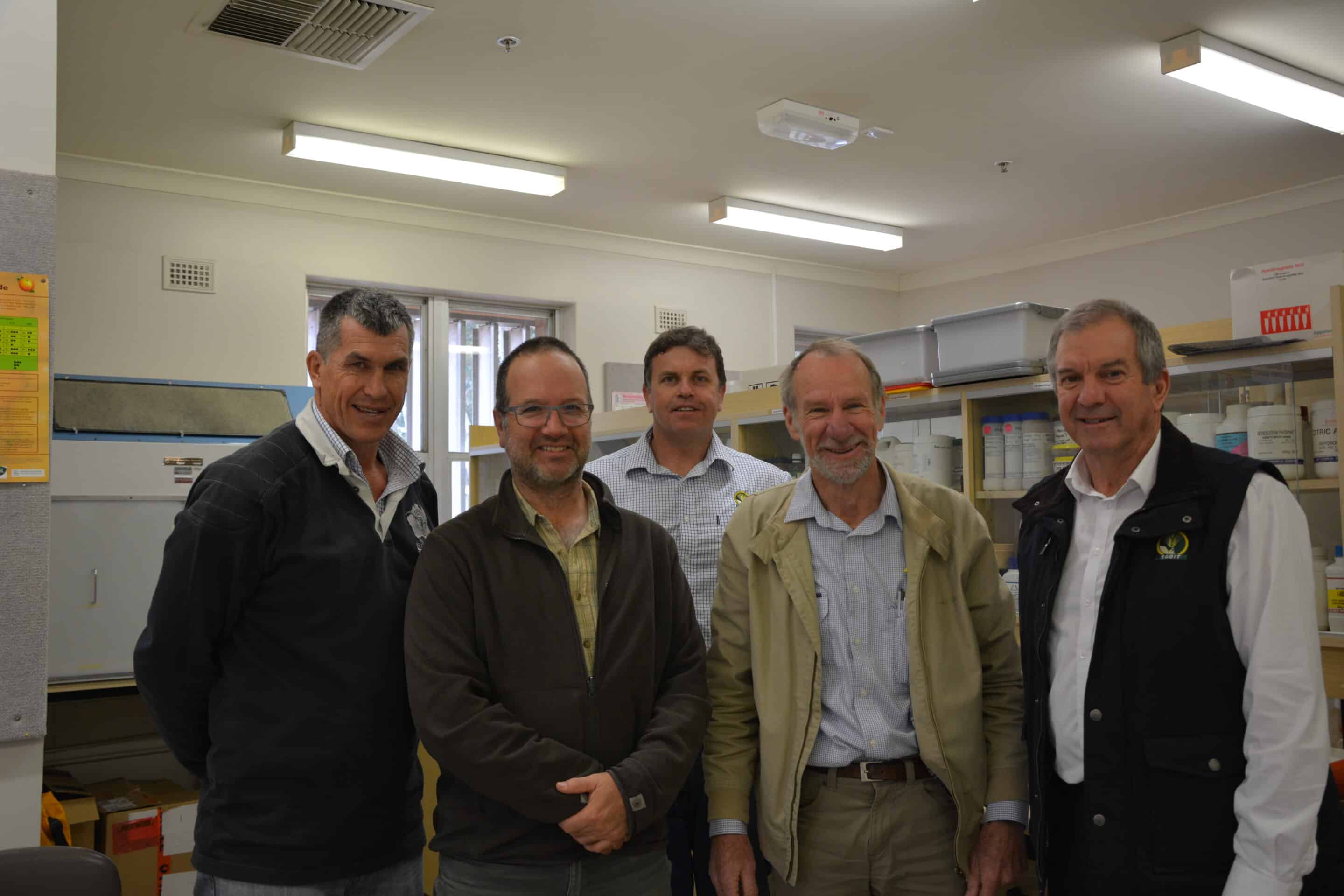START
FINISH

Summary
Cereal aphids can cause yield loss in crops by sucking nutrients from young plants and introducing viral pathogens. This project tested different sowing dates at several South Australian locations to establish when aphids pose the greatest risk to crops and how growers can use agronomic measures to mitigate against aphid damage.
Although aphid numbers were low in both the 2017 and 2018 growing seasons, the research still established valuable guidelines for avoiding potential yield losses.
Background
Aphid infestation is a common seasonal threat to South Australian cereal growers and Russian wheat aphid, in particular, will inject toxins into plants that can retard growth, reduce grain yield and even kill the plant after heavy infestations.
Aphids feed on young plants and will frequently develop in grasses and weed hosts. Maturing hosts induce wing development in the aphids, which then migrate to find a new host.
To date, there has been limited research on how these migratory periods intersect with crop development in relation to location, climate and time of sowing.
Research Aims
The core objectives of the project were to:
- Provide an accurate assessment of the threat cereal aphids pose in relation to sowing date, crop type and management practices
- Differentiate recommendations for growers in the low rainfall (Mallee), medium rainfall (Mid-North) and high rainfall (South East) zones.
In The Field
In 2017, trial plots of wheat, barley and durum wheat were sown during April, May, June and July at Bool Lagoon, Turretfield and Loxton. Each of these crop, location and time of sowing combinations included three treatment options – untreated control, Imidacloprid seed treatment, and Chlorpyrifos applied at Growth Stage GS35/40.
In 2018, similar trials were conducted at Keith, Riverton and Loxton using mid-April, early May and end of May time of sowing.
Aphid populations (for all species) remained low throughout the trials, except for significant infestations affecting the June and July 2017 sowings at Loxton.
In collaboration with Grains Research and Development Corporation (GRDC) research, the 2018 early-May sowings were inoculated with Russian wheat aphid to generate higher infestation rates and potential yield losses. However, no significant yield difference was observed for any of the trials.
The presence of Russian wheat aphid near all sites was confirmed by significant migratory populations during October and November, even though infestation did not occur. This confirms that aphids do not colonize more advanced (>GS40) cereal crops.
Results
The project established that there are two main migratory periods for Russian wheat aphid – in spring when the aphids migrate from maturing grasses, and in early autumn (March/April) if there have been favourable green bridge conditions and temperatures remain warm. Aphids require a temperature of around 25°C to migrate.
This means crops sown very early (March or early April) or very late (July or August) are most at risk of aphid infestation if they are still at early growth stages when aphid migration occurs.
Aphid risk increases with annual rainfall, most probably because of the increased presence of host grasses and a summer green bridge. Conversely, dry summers reduce aphid pressure across all species, in all regions.
The plots inoculated with Russian wheat aphid under the GRDC project showed aphid populations and the percentage of tillers with symptoms increased in lower rainfall areas, but yield loss remained statistically insignificant. The inoculation also showed that seed treatment can prevent early infestation for four to five weeks, and that Chlorpyrifos treatment at GS35-40 will remove enough Russian wheat aphids to eliminate the risk of yield loss.
Project Participants
South Australian Research and Development Institute (SARDI), Department of Primary Industry and Regions SA: Dr Maarten van Helden
The Problem
There is limited research on the risk cereal aphids pose to South Australian growers and how agronomic practices can help mitigate that risk.
The research
By combining time of sowing trials with aphid monitoring, this study was able to establish risk patterns based on sowing and seasonal factors.
More information
Dr Maarten van Helden, SARDI
T: 0481 544 429
E: [email protected]
Value for Growers
This project was able to provide growers with evidence-based insights on the seasonal and growth stage periods when aphids are most likely to infest cereal crops. This information will help growers plan their cropping program to avoid exposing vulnerable plants to aphid risk during migration periods and seasons with high aphid pressure.
The insights developed through this research can also be combined with knowledge of infestation risk factors, including location and seasonal climate, to anticipate, mitigate and better manage aphid risk.
Latest Research Projects



